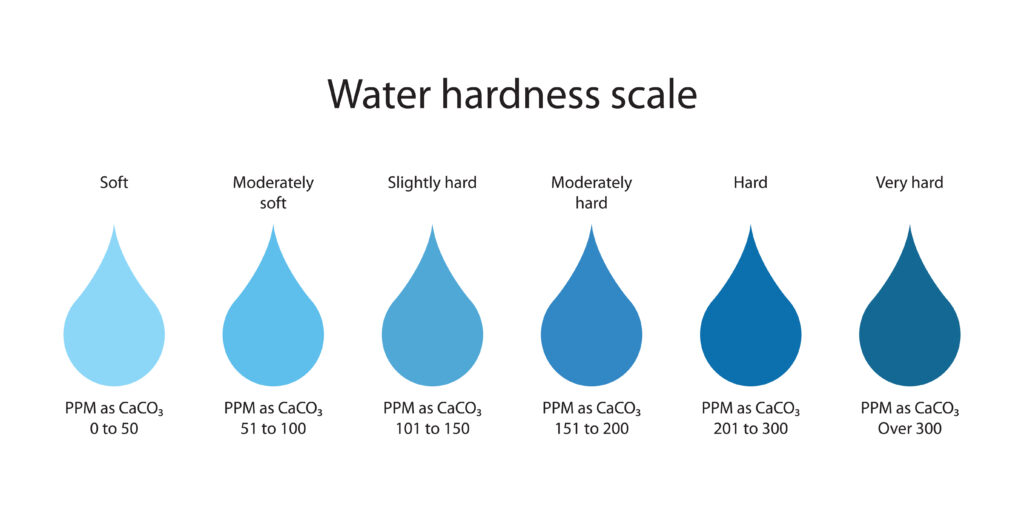
Introduction
Water is an essential resource that we rely on for various daily activities, from cooking and cleaning to bathing and drinking. However, not all water is created equal. Hard water, which contains excessive amounts of minerals like calcium and magnesium, can cause a range of issues in our homes and daily lives. That’s where water softeners come in. In this article, we will explore what water softeners are, how they work.
What is Hard Water?
Hard water is water that has a high mineral content, typically containing elevated levels of calcium and magnesium ions. These minerals are dissolved as the water passes through rock and soil, picking up the hardness minerals along the way. When hard water is heated, it can form scale deposits, leading to clogged pipes, reduced efficiency of water heaters, and a decrease in the effectiveness of soaps and detergents.
Understanding Hard Water
The Effects of Hard Water
Hard water can have several adverse effects on our daily lives and household appliances. When hard water is used for cleaning, it can leave behind soap scum on shower walls, bathtubs, sinks, and dishes. This can make it difficult to achieve a thorough clean and leave surfaces looking dull and unappealing. Additionally, hard water can lead to the buildup of limescale in appliances like coffee makers, dishwashers, and water heaters, reducing their efficiency and lifespan.
The Science Behind Hard Water
To understand how water softeners work, it’s essential to grasp the science behind hard water. Hard water contains high levels of calcium and magnesium ions, which are positively charged. These ions can bind to negatively charged surfaces, like soap molecules, preventing them from lathering effectively. Water softeners address this issue by removing these mineral ions from the water supply, resulting in soft water that is easier to work with.
How Water Softeners Work
The Basics of Water Softener Systems
Water softeners operate on a straightforward principle: they use a process called ion exchange to replace the calcium and magnesium ions with sodium ions. This process takes place within the water softener unit, which consists of two main tanks: the resin tank and the brine tank.
The Resin Tank
The resin tank is where the magic happens. It contains tiny resin beads that are negatively charged. As hard water flows through the resin tank, the resin beads attract and trap the calcium and magnesium ions, effectively removing them from the water. This process is known as ion exchange.
The Brine Tank
The brine tank is responsible for regenerating the resin beads in the resin tank. It contains a concentrated brine solution, typically made with sodium chloride (salt). During the regeneration cycle, the brine solution is flushed through the resin tank, displacing the calcium and magnesium ions from the resin beads and replacing them with sodium ions. This process ensures that the resin beads remain effective in removing hardness minerals from the water.
Regeneration Process
The regeneration process is an automatic function of most water softeners. Depending on the system, it can be based on a timer or triggered by a sensor that measures water usage. During regeneration, the brine solution is drawn into the resin tank, and the calcium and magnesium ions are washed away, along with any accumulated debris. Once the regeneration process is complete, the water softener is ready to soften water again.
Conclusion
Hard water, characterized by elevated levels of calcium and magnesium ions, poses significant challenges in our daily lives, from diminished cleaning efficacy to appliance wear and tear due to limescale buildup. However, water softeners offer a practical solution by employing ion exchange to replace these troublesome minerals with sodium ions, resulting in softer, more manageable water.
At Shift Air, we prioritize the importance of water quality and offer a range of water softener systems designed to alleviate the effects of hard water, ensuring a cleaner, more efficient home environment for our customers.
